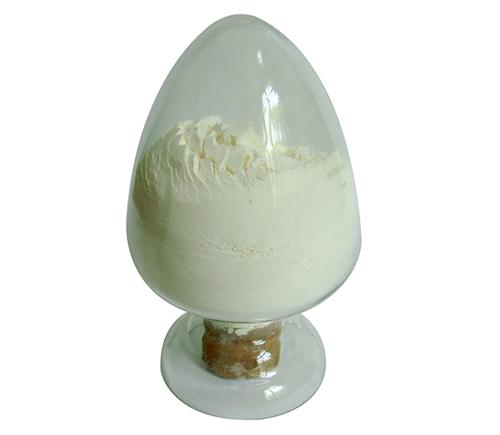
Antioxidant BHT 264
CAS:128-37-0
Purity:99%
Contact Now
We will contact you as soon as possible
Your Location:Home >Products >Industrial Chemicals >643-79-8


Product Details
|
Chemical Properties |
Ortho-phthalaldehyde (OPA) is a chemical compound with the formula C6H4(CHO)2 and is also known as phthaldialdehyde. o-Phthalaldehyde is a pale yellow crystalline solid. o-Phthalaldehyde is mainly used as a high-level disinfectant (a low-temperature chemical method) for heat-sensitive medical and dental equipment such as endoscopes and thermometers; in recent years, it has gained popularity as a safe and better alternative to glutaraldehyde. There are some researches show, pH7.5 contains the sterilizing agent of o-phthalaldehyde 0.5%, and its sterilizing power, sterilization speed, stability and toxicity all are better than glutaraldehyde, can kill mycobacterium in the 5min, the bacterium number reduces by 5 logarithmic value, and o-phthalaldehyde is very stable, tasteless in pH3~9 scopes, non-stimulated to human nose, eye mucosa, and need not activate before using, various materials are had good consistency, have tangible microbiocidal activity. |
|
Uses |
Ortho-phthalaldehyde (OPA) is a high-level disinfectant used in healthcare settings to sterilize medical and dental instruments that are sensitive to heat or steam. It's often used as an alternative to glutaraldehyde, which can irritate the skin and respiratory system. OPA is effective against most microorganisms, with the exception of some bacterial endospores. It can be used manually or automatically, and containers used for manual disinfection must be large enough to fully immerse the instruments and made from a compatible material. |
|
Definition |
ChEBI: A dialdehyde in which two formyl groups are attached to adjacent carbon centres on a benzene ring. |
|
Flammability and Explosibility |
Notclassified |
|
Carcinogenicity |
No information on the carcinogenicity of o-phthalaldehyde in experimental animals or humans was found in a review of the literature. |
InChI:InChI=1/C8H6O2/c9-5-7-3-1-2-4-8(7)6-10/h1-6H
The oxidation of ortho-phthalaldehyde to...
Room temperature and atmosphere pressure...
Synthesis of new Schiff's base Zn-comple...
The main aims of this work were (a) to present the characteristics and stability of the o-phthalaldehyde (OPA)–ethanethiol (ET) derivatives of 22 amino acids, including the believed-to-be less stable OPA derivatives providing glycine, γ-aminobutyric acid, β-alanine, histidine, ornithine, lysine and the C1–C5 aliphatic amines; (b) to compare the stability properties of the most common amino acids and amines as OPA–ET-fluorenylmethyl chloroformate (FMOC) derivatives to the corresponding ones obtained from OPA reagents containing various (SH)-additives
5-hydroxy-4,5-dihydroisobenzofuran

4-hydroxyphthalic acid

o-phthalic dicarboxaldehyde
| Conditions | Yield |
|---|---|
|
With selenium(IV) oxide; In 1,4-dioxane;
|
anthracene

benzaldehyde

salicylaldehyde

benzene-1,2-diol

o-phthalic dicarboxaldehyde
| Conditions | Yield |
|---|---|
|
In water; Further byproducts given; Formation of xenobiotics; simulated solar irradiation;
|
ethanol
1,2-bis(dibromomethyl)benzene
potassium oxalate
N,N'-dimethyl-N,N'-diphenyl-phthalamide
2-Formylcinnamic acid
1,2-bis-diacetoxymethyl-benzene
2-[3-(4-dimethylamino-phenyl)-1-oxo-inden-2-yl]-benzaldehyde
2,7-Nonamethylen-4,5-benzotropon